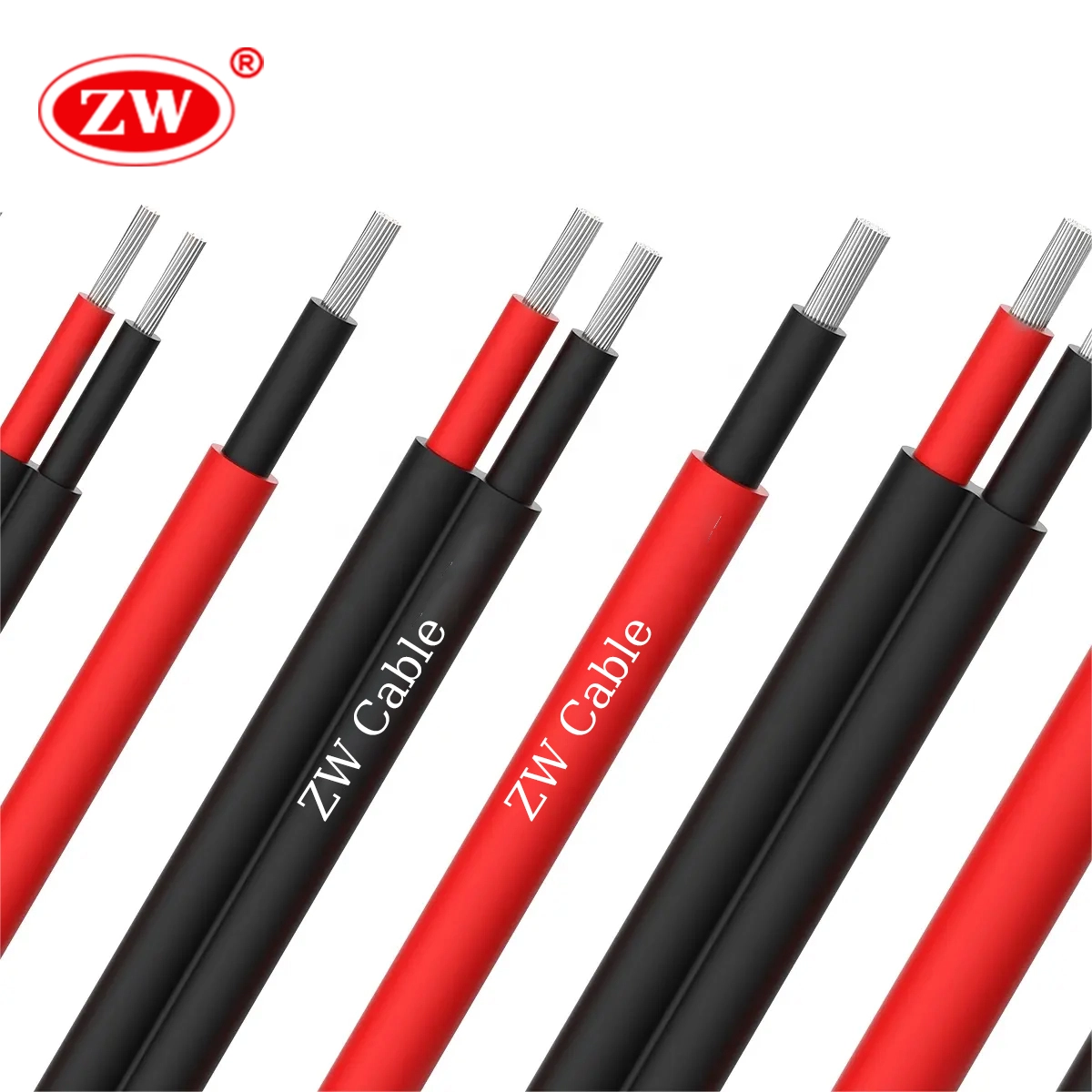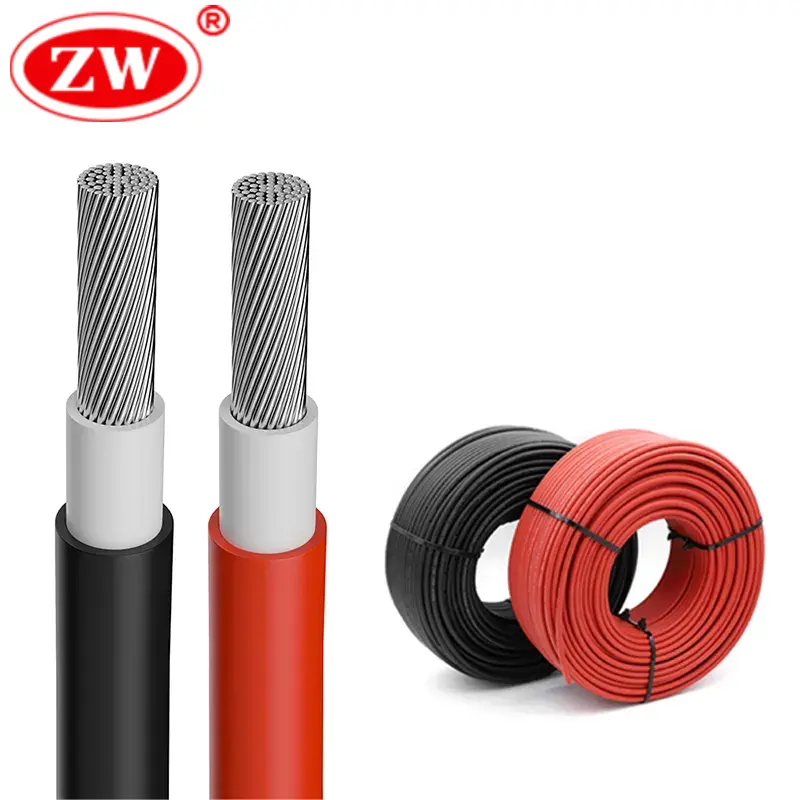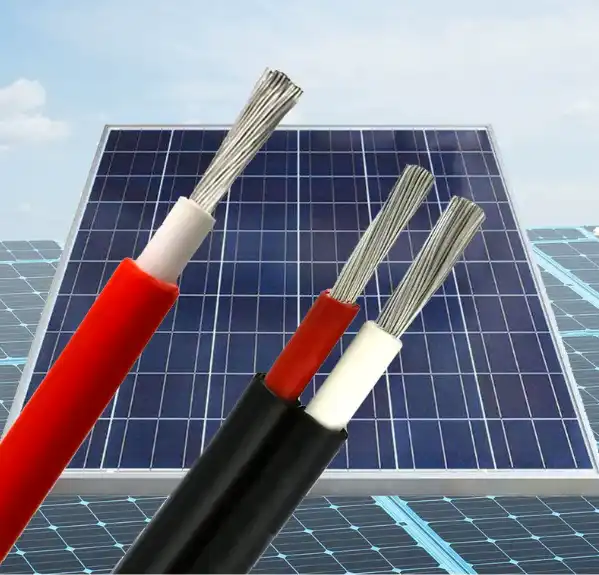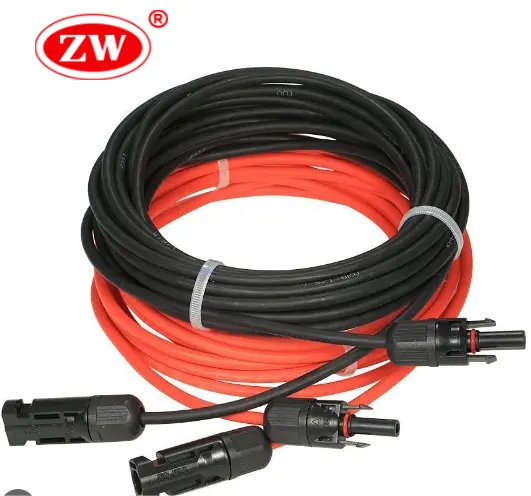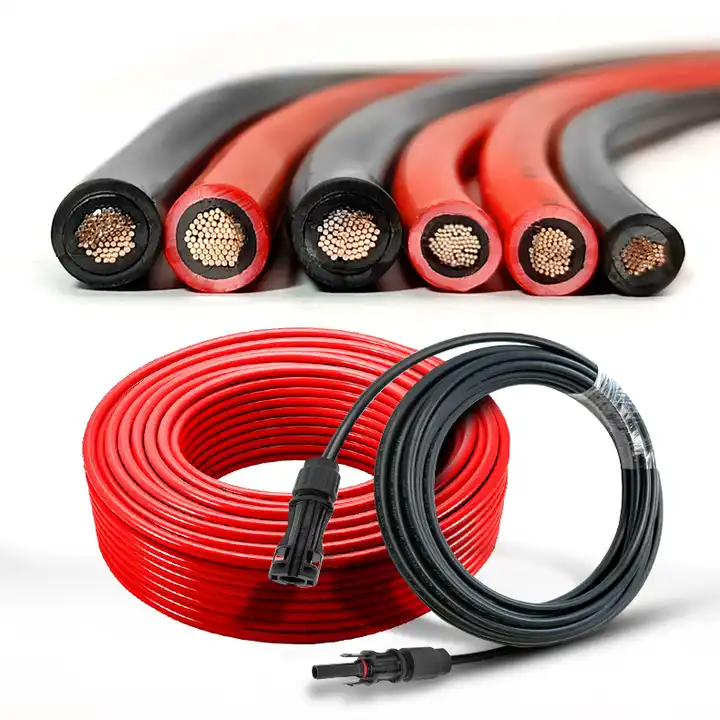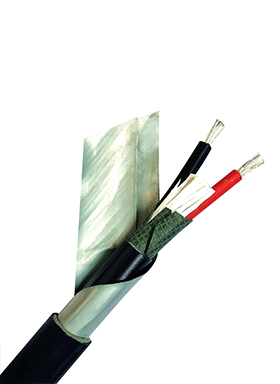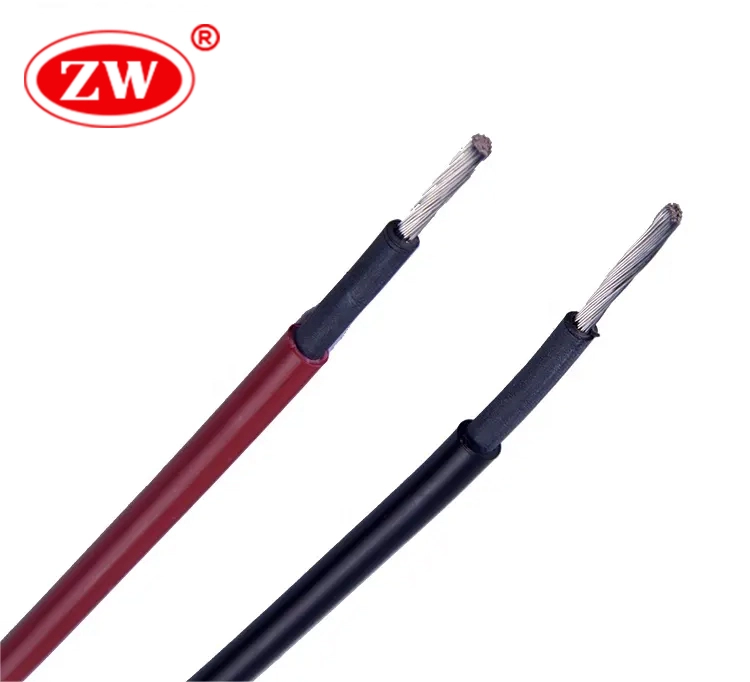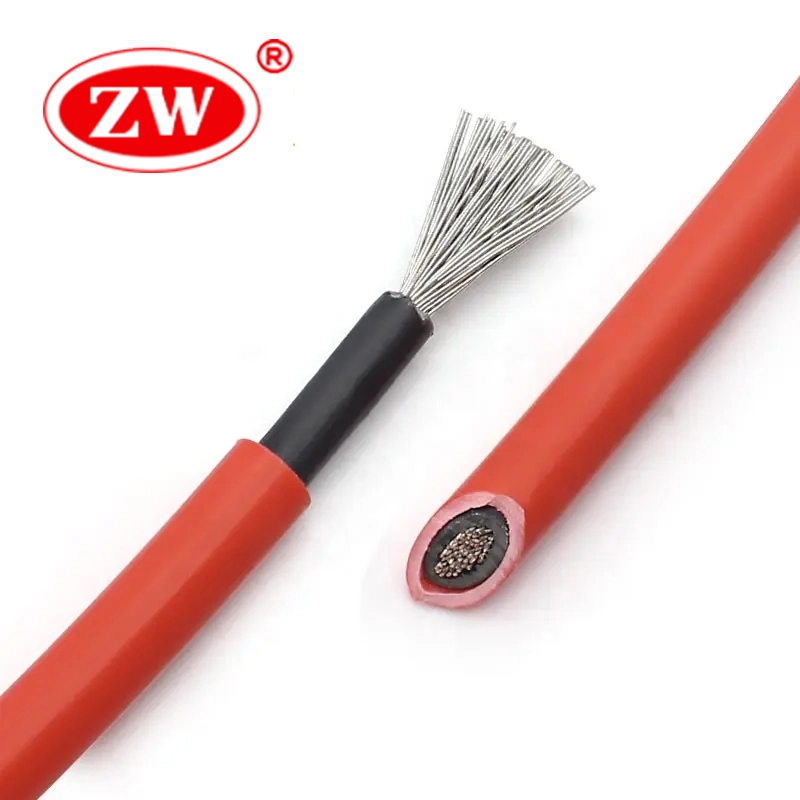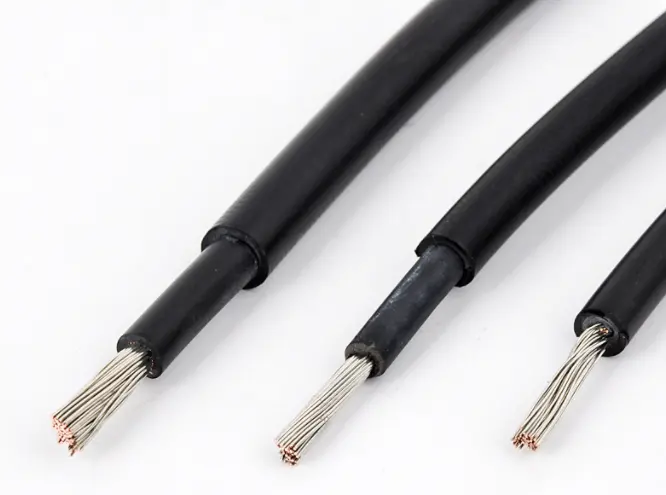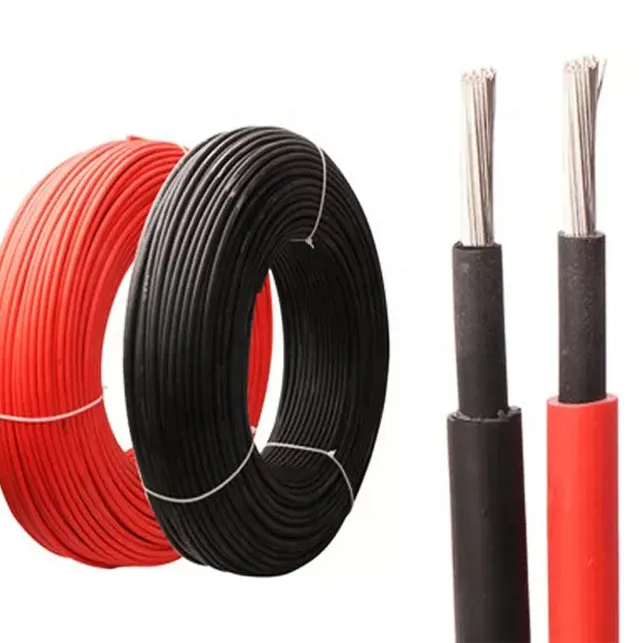Specification of Solar Cable
Solar Wire & Mc4 Cable
Solar cable is tinned copper conductors and double XLPO. Solar cables have rated voltages ranging from 0.6/1KV to 2kV, with approximately tensile loads. 50 N/mm² for installation and shrinkage tested at 100°C according to DIN VDE standards. Solar panel cables are available in various lengths and sizes. The most commonly used solar cable sizes are 4 mm solar cables and 6 mm solar cables. The service life of solar wire is 25 years.
Solar Wire & Mc4 Cable
Solar cable is tinned copper conductors and double XLPO. Solar cables have rated voltages ranging from 0.6/1KV to 2kV, with approximately tensile loads. 50 N/mm² for installation and shrinkage tested at 100°C according to DIN VDE standards. Solar panel cables are available in various lengths and sizes. The most commonly used solar cable sizes are 4 mm solar cables and 6 mm solar cables. The service life of solar wire is 25 years.

